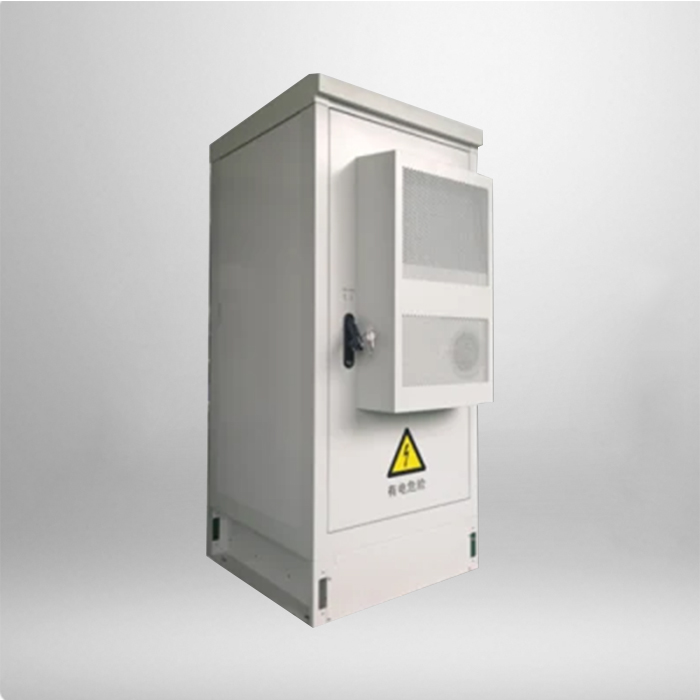
In the intricate web of modern telecommunications, outdoor telecom equipment cabinets stand as crucial sentinels. These cabinets play a pivotal role in safeguarding and housing essential telecom gear, ensuring seamless communication across diverse outdoor terrains.
Design and Build for Durability
Outdoor telecom equipment cabinets are engineered with durability at their core. Constructed from materials like galvanized steel, aluminum, or stainless steel, they are primed to withstand the harshest of weather conditions. Galvanized steel, for example, offers excellent corrosion resistance, making it a top choice for long – term outdoor installations. Aluminum cabinets, on the other hand, provide a balance of strength and lightweight design, while stainless steel ensures high – level rust resistance, especially in corrosive environments such as coastal areas.
The internal layout of these cabinets is designed for functionality. Standard 19 – inch racking rails are a common feature, allowing for easy installation and organization of telecom devices such as routers, switches, and power supplies. Adjustable shelves and well – thought – out cable management systems further enhance the usability of these cabinets. The cable management systems, in particular, keep wiring neat and secure, minimizing the risk of cable damage and streamlining maintenance and troubleshooting processes.
Robust Protection Features
Protection is a primary function of outdoor telecom equipment cabinets. They are designed to be highly resistant to dust and water, often achieving an ingress protection (IP) rating of IP55 or IP65. An IP55 rating implies protection against dust and low – pressure water jets from any direction, while an IP65 rating offers even more robust protection, making them suitable for use in areas with heavy rain or water splashing.
Security is also a key consideration. Many cabinets are equipped with multi – point locking systems, which act as a deterrent against unauthorized access. Tamper – proof screws and reinforced doors add an extra layer of security, ensuring that the sensitive telecom equipment inside remains safe.
Temperature Management
Telecom equipment generates heat during operation, and maintaining an optimal temperature is essential for its performance and longevity. Outdoor telecom equipment cabinets employ various temperature – control mechanisms. Simple designs may use fans to circulate air and dissipate heat. In more demanding environments, heat exchangers or air conditioners are installed. Heat exchangers transfer the internal heat to the outside air without allowing direct contact between the two, thus preventing dust and moisture ingress. Air conditioners, on the other hand, can precisely regulate the internal temperature, ensuring that the equipment operates within the recommended range, typically from – 40 °C to + 55 °C.
Wide – ranging Applications
Outdoor telecom equipment cabinets find applications in numerous scenarios. In wireless communication, they house base station equipment, whether in remote rural areas, on urban rooftops, or in suburban landscapes. In fiber – optic networks, they are crucial for connecting and managing fiber – optic cables, enabling high – speed broadband services. Additionally, they play a vital role in emergency communication systems, ensuring that communication channels remain operational during natural disasters or other emergencies.
Installation and Maintenance
Installing outdoor telecom equipment cabinets requires careful planning. The location should be chosen based on factors such as accessibility for maintenance, protection from flooding, and proximity to power sources and communication lines. The cabinets are typically floor – mounted, and proper grounding is essential to protect the equipment from electrical surges.
Regular maintenance is equally important. This includes checking for signs of physical damage, such as dents or rust, inspecting the locking mechanisms, and verifying the proper functioning of temperature – control devices. The equipment inside the cabinets also needs to be regularly serviced, with software updates and hardware checks to keep the communication systems running smoothly.


